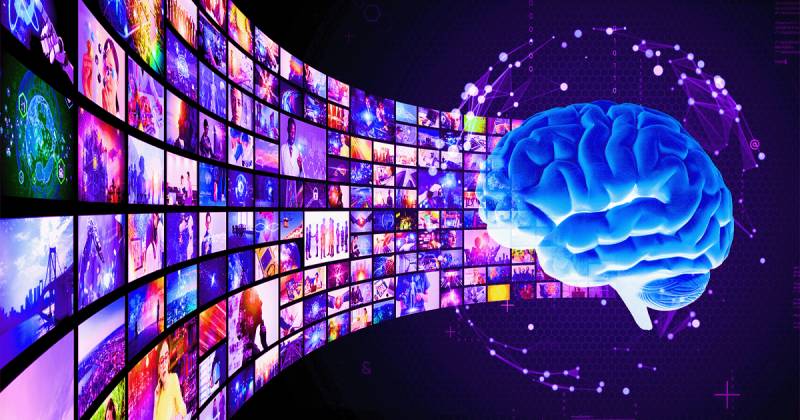In today’s digital environment, video marketing has become an essential tool for businesses to effectively engage with their audiences. However, creating engaging video content can be time- and resource-intensive. This is where artificial intelligence (AI) comes in and revolutionizes the way businesses approach video marketing. Using AI technology, companies can streamline the video creation process, increase creativity, and maximize the effectiveness of their marketing efforts. In this article, explore the five innovative ways you can use AI to improve your video marketing strategy.
Where can AI be used in video marketing?
Video idea generation:
AI-powered tools can analyze large amounts of data such as social media trends, consumer behavior, and market insights to generate video content ideas that resonate with your audience. By identifying relevant topics and topics, AI helps marketers stay ahead of the curve and create content that engages their audience. Free tools like ChatGPT and Google Gemini can help you develop your video ideas through the right prompts.
Video Scripting:
Creating an engaging script is an important aspect of video production. AI-driven natural language processing (NLP) algorithms help create scripts tailored to specific goals and audience preferences. These algorithms analyze your speech patterns, tone, and mood to ensure your script matches your brand’s voice and messaging strategy. Again, LLMs like ChatGPT and Google Gemini can create powerful scripts that can be used to create videos.
Video Generation:
AI-powered video creation platform allows marketers to efficiently create high-quality videos. These platforms use techniques like deep learning and computer vision to automate tasks like video editing, animation, and graphics integration. Tools like Vidnoz AI allow you to create free AI-generated videos in minutes. Unlike other tools, Vidnoz AI allows you to create 3 minutes of video continuously per day and also features dual avatar modes. Choose from over 800 AI avatars. Whether you’re creating product demos, explainer videos, or advertising content, AI streamlines the production process while ensuring visual appeal.
Audio Transcription:
Transcription of audio content is critical for accessibility and search engine optimization (SEO). AI-powered speech recognition technology accurately converts spoken words into text, saving time and effort compared to manual transcription. Additionally, advanced AI algorithms automatically add captions and subtitles to videos to improve accessibility and user engagement. Otter, Temi, Rev Max, etc. are AI tools that can help you transcribe audio.
Video Distribution:
AI improves video distribution strategies by optimizing targeting, scheduling, and performance analysis. AI-powered analytics tools provide valuable insights into audience behavior and help marketers adjust targeting criteria and delivery channels. Additionally, AI algorithms automate the scheduling of video posts across different platforms to ensure optimal reach and engagement.
Benefits of AI in Video Marketing
- Increased Efficiency: AI streamlines the video creation process, reducing production time and costs.
- Increased personalization: AI allows marketers to create targeted, personalized video content based on individual tastes.
- Increased engagement: By using AI to optimize and distribute content, businesses can increase audience engagement and increase conversions.
- Data-driven insights: AI-powered analytics provides actionable insights into audience behavior, helping marketers refine their strategies for better results.
- Scalability: AI-driven solutions are scalable, allowing businesses to produce and distribute video content at scale without compromising quality.
Conclusion
AI is changing the video marketing landscape, providing businesses with an unprecedented opportunity to efficiently create impactful content. By harnessing the power of AI-driven technology, marketers can unlock new levels of creativity, engagement, and ROI in their video marketing efforts. Using AI isn’t just about staying ahead of your competitors. It’s about rethinking the possibilities of video marketing in the digital age.
- Google Messages Adds Two Powerful New Features for Android Users - April 23, 2025
- Google Fi Launches Budget-Friendly Unlimited Plan at $35 - April 23, 2025
- Who’s No. 1? Men’s Freestyle Seeds for 2025 US Open Wrestling Championships - April 23, 2025



